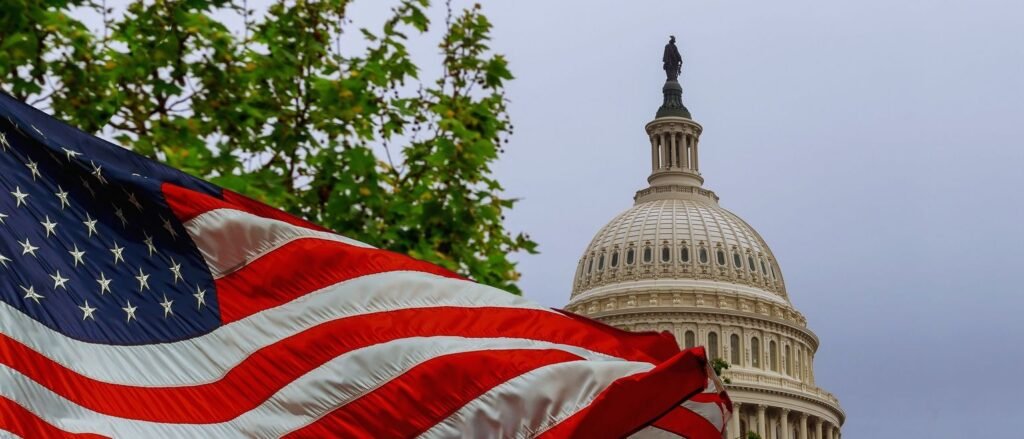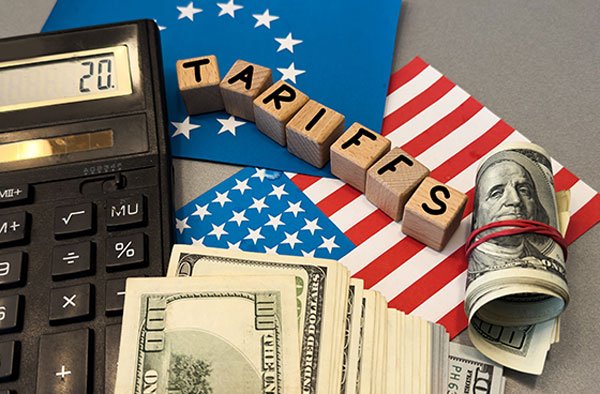Foreign investors appear undeterred by President Donald Trump’s recent tariff threats. In fact, they surged into U.S. markets in May, reaffirming belief in the continued strength of American “exceptionalism.” According to Robin Brooks, a senior fellow at the Brookings Institution, “market participants from overseas don’t think the U.S. ‘exceptionalism’ story is over.”
This comes after Trump’s April 2 announcement of new tariffs targeting a wide range of countries. Despite expectations that such policies would hurt the appeal of U.S. assets, data released by the Treasury Department last week showed otherwise.
$300 Billion Surge in Long Term Securities
The data revealed that foreign net purchases of U.S. long term securities skyrocketed in May, totaling more than $300 billion. This substantial influx directly contradicts earlier concerns that Trump’s trade agenda might drive investors away.
“There is no exodus,” Brooks said. In a post on X Tuesday, he added that “markets really don’t think the U.S. ‘exceptionalism’ story is over,” also sharing a chart tracking net foreign flows into long term U.S. assets on a 12 month rolling sum basis.
There's been a lot of Schadenfreude out of Europe about a supposed capital flows exodus from the US. Here's the thing. There is no exodus. May saw the biggest inflow in foreign portfolio flows into the US ever. Markets really don't think the US "exceptionalism" story is over… pic.twitter.com/CaepTzXqev
— Robin Brooks (@robin_j_brooks) July 22, 2025
From Sellers to Buyers—A Sharp Turnaround
Joseph Kalish, chief global macroeconomic strategist for Ned Davis Research, emphasized the reversal. “Foreign investors flooded back into U.S. markets in May,” he noted, pointing out that they had been net sellers in April following Trump’s “liberation day” tariff announcements.
While U.S. retail investors are often known for buying every dip, this new data sheds light on foreign behavior—previously less understood.

Markets React Positively to Trade News
On Tuesday, major indexes reflected optimism, with the Dow Jones Industrial Average (DJIA) rising 0.40%, the S&P 500 (SPX) ticking up 0.06%, and the Nasdaq Composite (COMP) slipping slightly by 0.39%. The S&P 500 edged up nearly 4 points to close at a fresh record of 6,309.62. This came after Trump promoted a trade deal with the Philippines.
At the same time, U.S. government debt rallied, driving 2 year Treasury yields (TMUBMUSD02Y) down to 3.857% and 10 year yields (TMUBMUSD10Y) to 4.381%—both marking their lowest closes since July 2.




